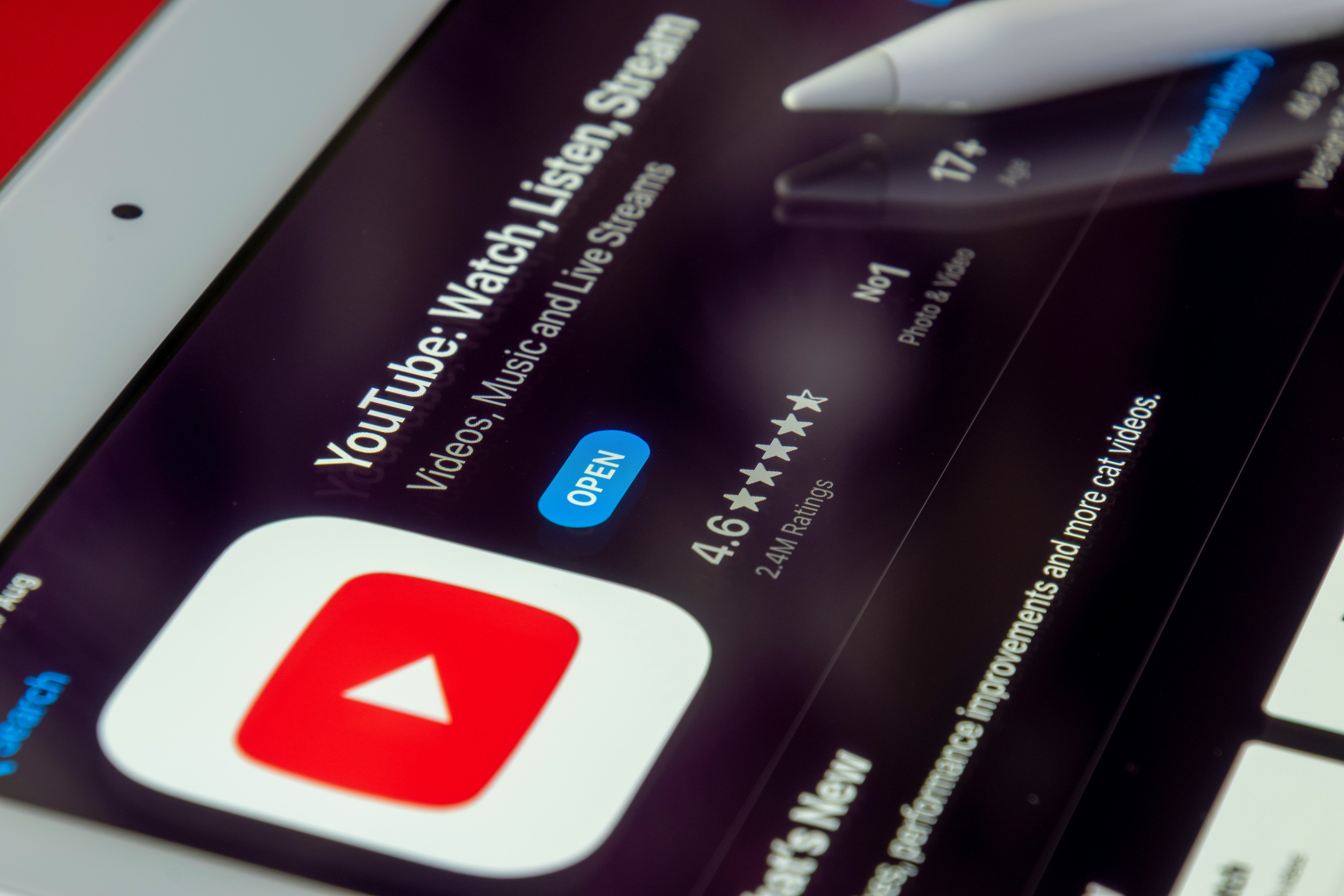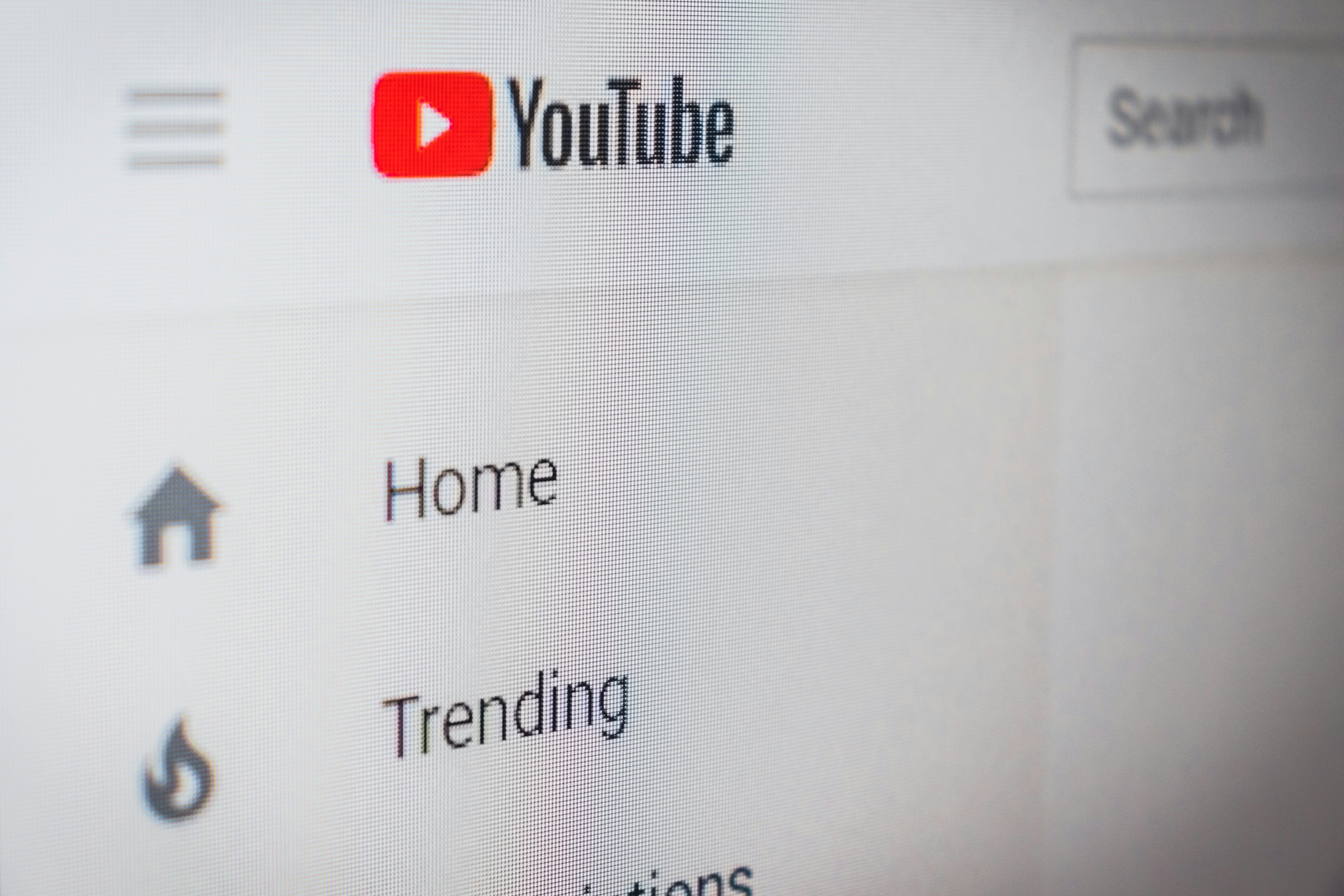YouTube is poised to introduce a new dimension to its advertising strategy that promises to change the way ads are consumed on the platform. Known as "Pause Ads," this upcoming feature will display advertisements whenever a video is paused. Aimed at boosting ad visibility and revenue, this initiative could see YouTube setting the standard for digital advertising once again.
The concept of Pause Ads isn't entirely new and has been implemented by various streaming services like Hulu and Peacock. However, YouTube's plan to roll these ads into their ecosystem signifies a major shift, particularly for users who routinely use the pause function to momentarily step away from their screens. According to Google's senior vice president, Philipp Schindler, the move has already shown positive traction in early tests, indicating a potentially widespread rollout in the near future.
Understanding Google’s Pause Ads Initiative

Photo by Souvik Banerjee on Unsplash
Definition and Mechanism of Youtube's Pause Ads
Pause Ads are a new advertising format introduced by Google, aimed at monetizing the moments when users pause YouTube videos. Unlike traditional video ads that play before, during, or after content, Pause Ads appear as static or banner ads on the screen during the pause, making them non-interruptive in nature. This approach targets viewers when they are likely not focused on the screen, perhaps adding a layer of subtlety to the ad experience. Google's implementation on connected TVs has shown promising traction, with plans potentially extending to other devices based on the success rates in initial tests.
The Results of Youtube's Pause Ads Testing Phase
In the recent earnings call, Google reported a significant brand lift from the Pause Ads tested in the first quarter of 2024. These ads, piloted primarily on connected TVs, have garnered premium pricing from advertisers, indicative of their perceived value. The senior vice president of Google, Philipp Schindler, highlighted these ads' effectiveness in maintaining viewer engagement without disrupting the viewing experience. Although specific metrics were not disclosed, the positive reception during the pilot phase suggests a successful integration of this ad format into the existing YouTube advertising framework.
Comparison with Existing Ad Formats on Other Platforms
Pause Ads are not entirely new to the digital advertising landscape; streaming platforms like Hulu and Peacock have utilized similar formats. These platforms introduced static display ads that appear during video pauses back in 2019, described as nonintrusive experiences beneficial for brands. However, YouTube's version capitalizes on its massive viewer base and sophisticated ad delivery systems, potentially offering a more impactful reach and higher engagement rates. This comparative advantage could position YouTube's Pause Ads as a more lucrative option for advertisers.
Industry Response and Consumer Perception

Photo by NordWood Themes on Unsplash
Corporate Perspectives on the New Ad Format
From a corporate standpoint, Pause Ads are a strategic response to the evolving ad-blocking technologies and the need for less intrusive advertising methods. Companies investing in these ads are likely to appreciate their non-interruptive nature, aligning with a growing preference for advertisements that respect user experience. The ability to capture attention without pausing the narrative of content caters to the dual needs of maintaining consumer engagement and achieving advertising goals.
Consumer Reactions to Pause Ads
Initial consumer reactions to Pause Ads seem mixed, with a segment of users likely indifferent due to the non-disruptive nature of the ads when they are not actively watching the video. However, there is a possibility of resistance from users who prefer a completely ad-free experience, as evidenced by the popularity of YouTube Premium. The overall acceptance of Pause Ads will depend largely on their frequency, visibility, and relevance, factors that Google will need to balance to minimize viewer irritation.
Analysis of the Debate on Ad Intrusiveness
The introduction of Pause Ads by YouTube incites a bigger discussion on the intrusiveness of advertisements across media platforms. While these ads are arguably less invasive than mid-roll video ads, the perception of intrusiveness can be highly subjective and vary greatly among viewers. Advertisers and platforms continue to navigate the fine line between effective advertising and user experience. The deployment of Pause Ads represents a nuanced approach to this ongoing challenge, striving for a compromise that accommodates both commercial objectives and audience sensitivities.
What Next for Advertising on YouTube?

Photo by Christian Wiediger on Unsplash
Potential Expansion of Pause Ads to Other Devices
YouTube's recent experiments with "Pause Ads" on connected TVs suggest potential expansion to other devices such as desktops and mobile phones. Philipp Schindler, Google's senior vice president, mentioned the company's satisfaction with the pause ad pilot's initial outcomes but did not confirm specific plans for expansion. However, given the nature of digital advertising and YouTube's consistent efforts to enhance ad visibility and effectiveness, it seems plausible that pause ads could soon appear on smaller screens. These non-intrusive ads, which deploy when a video is paused, could integrate seamlessly across various devices, providing a constant ad experience regardless of the viewing platform.
Financial Implications for YouTube and Advertisers
The introduction of pause ads on YouTube is set to have significant financial implications for both the platform and its advertisers. During recent earnings calls, Google executives highlighted a strong brand lift and premium pricing commanded by these ads. This indicates that advertisers are willing to pay more for what they perceive as highly effective ad placements. For YouTube, this new ad format could lead to increased revenue streams. Simultaneously, as YouTube cracks down on the use of ad blockers, such innovations in ad formats could help sustain the platform's financial growth, evidenced by a 21% increase in YouTube ad revenue over the previous year.
Long-Term Impacts on Viewing Habits and Subscription Services
The introduction of pause ads might reshape user engagement and viewing habits on YouTube. Since these ads are less intrusive, appearing only when a video is paused, they may be seen as a preferable alternative to traditional in-video ads, potentially reducing viewer irritation associated with ad interruptions. Over time, this could lead to an acceptance of ad presence in exchange for free content, affecting the perceived value of ad-free subscription services like YouTube Premium. Additionally, if pause ads prove to be minimally disruptive and effectively target viewers, we might see a shift in the advertising landscape with more brands opting for this ad type, potentially increasing competition and innovation in online ad strategies.







